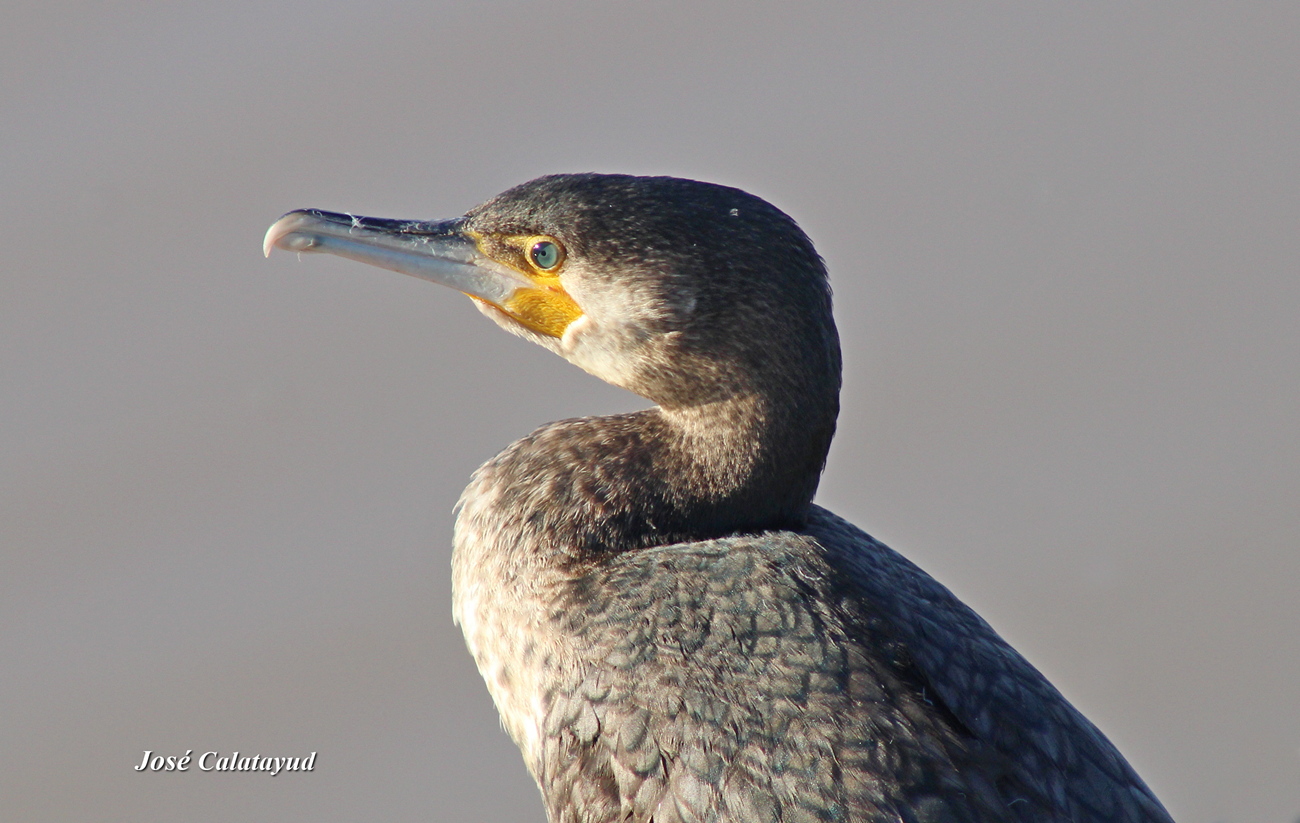The great cormorant (Phalacrocorax carbo) is a large aquatic bird easily recognisable by its elongated silhouette, shiny black plumage with green or bronze highlights, and long hooked beak. Adults measure between 80 and 100 cm in length with a wingspan of 130 to 160 cm, and weigh between 2 and 2.5 kg. Its black head is often adorned with a few white feathers during the breeding season, with a pale yellow throat edged with white. Its eyes are bright green, and its short, powerful legs are fully webbed, perfect for swimming and diving.
This waterfowl frequents all kinds of aquatic environments: rocky or sandy coastlines, large lakes, rivers and estuaries, in both fresh and salt water. There are two main subspecies in Europe: one marine and one continental, which nests in colonies on trees, cliffs or islets. Excellent fishermen, great cormorants dive underwater to catch fish at the bottom of the water, diving to depths of up to ten metres and remaining submerged for over a minute. After fishing, they often perch with their wings spread out to dry their plumage, which is less waterproof than that of other water birds.
The great cormorant is gregarious: it flies, feeds and sleeps frequently in groups, although it readily hunts alone. Its sociable behaviour is reinforced during the nesting season, when large colonies can form. It is a widespread species found on all continents except South America and Antarctica, known for its longevity (up to 20 years) and its great ability to adapt to different aquatic environments.
Sources: Perplexity.ai & Ligue pour la protection des oiseaux




 English
English